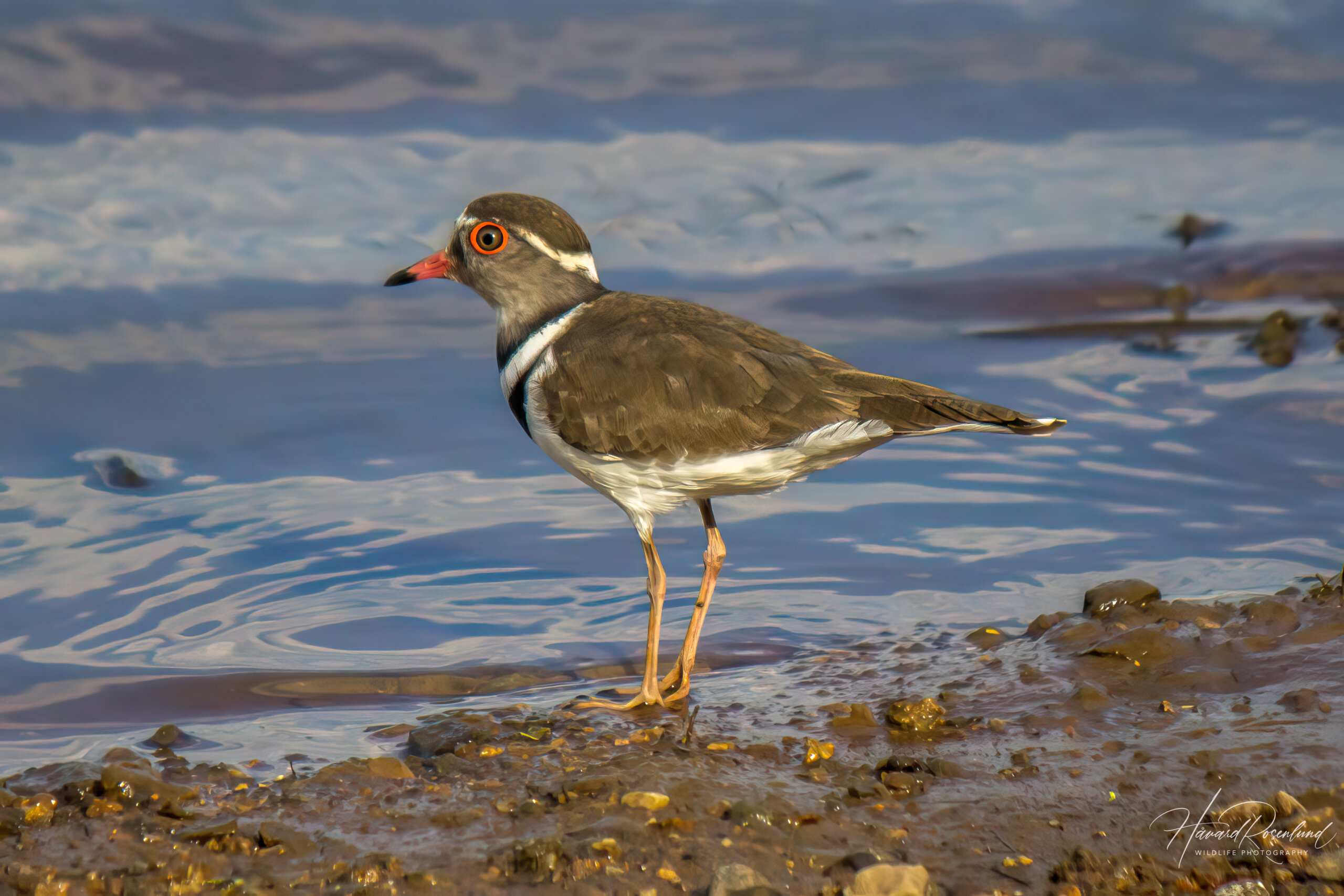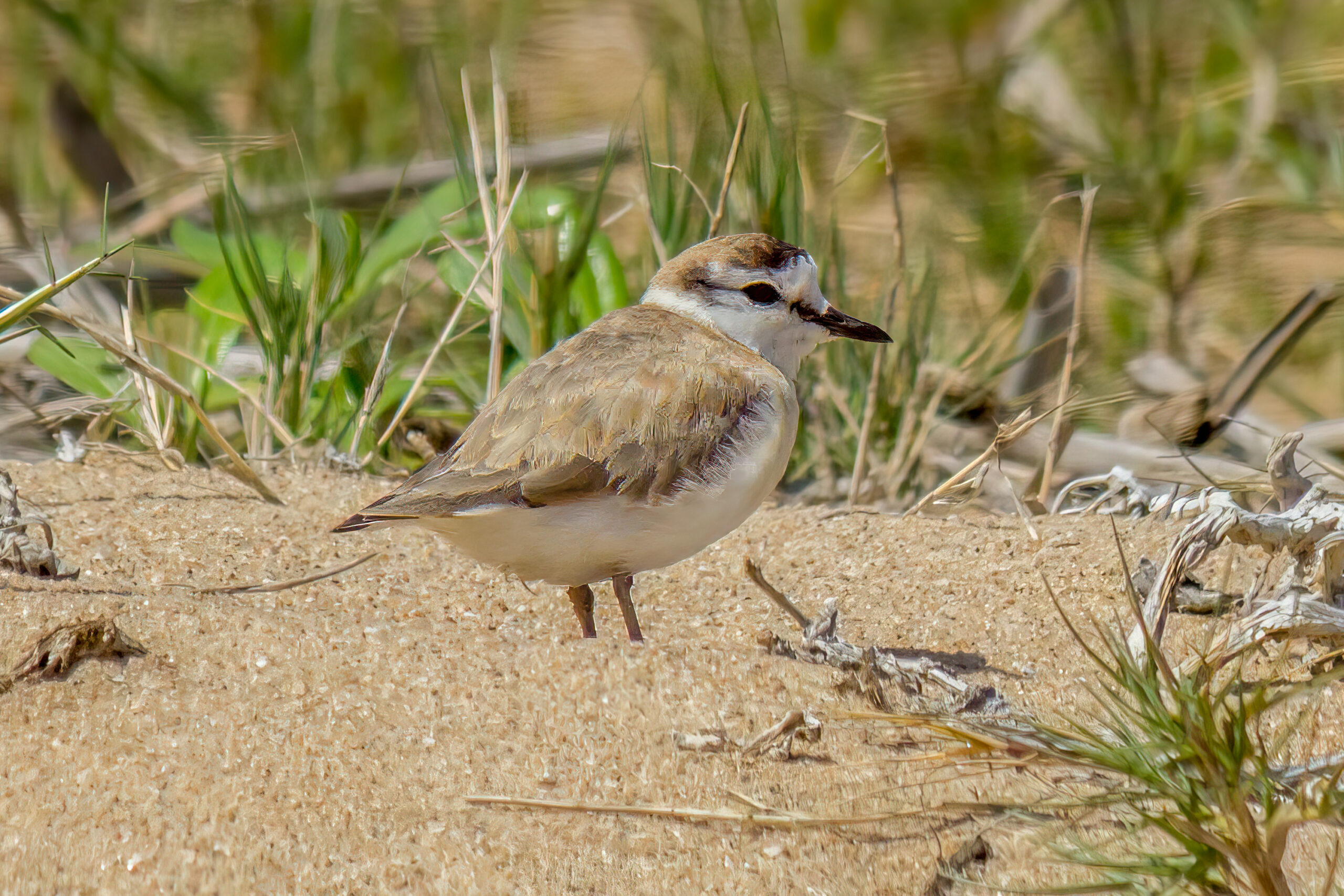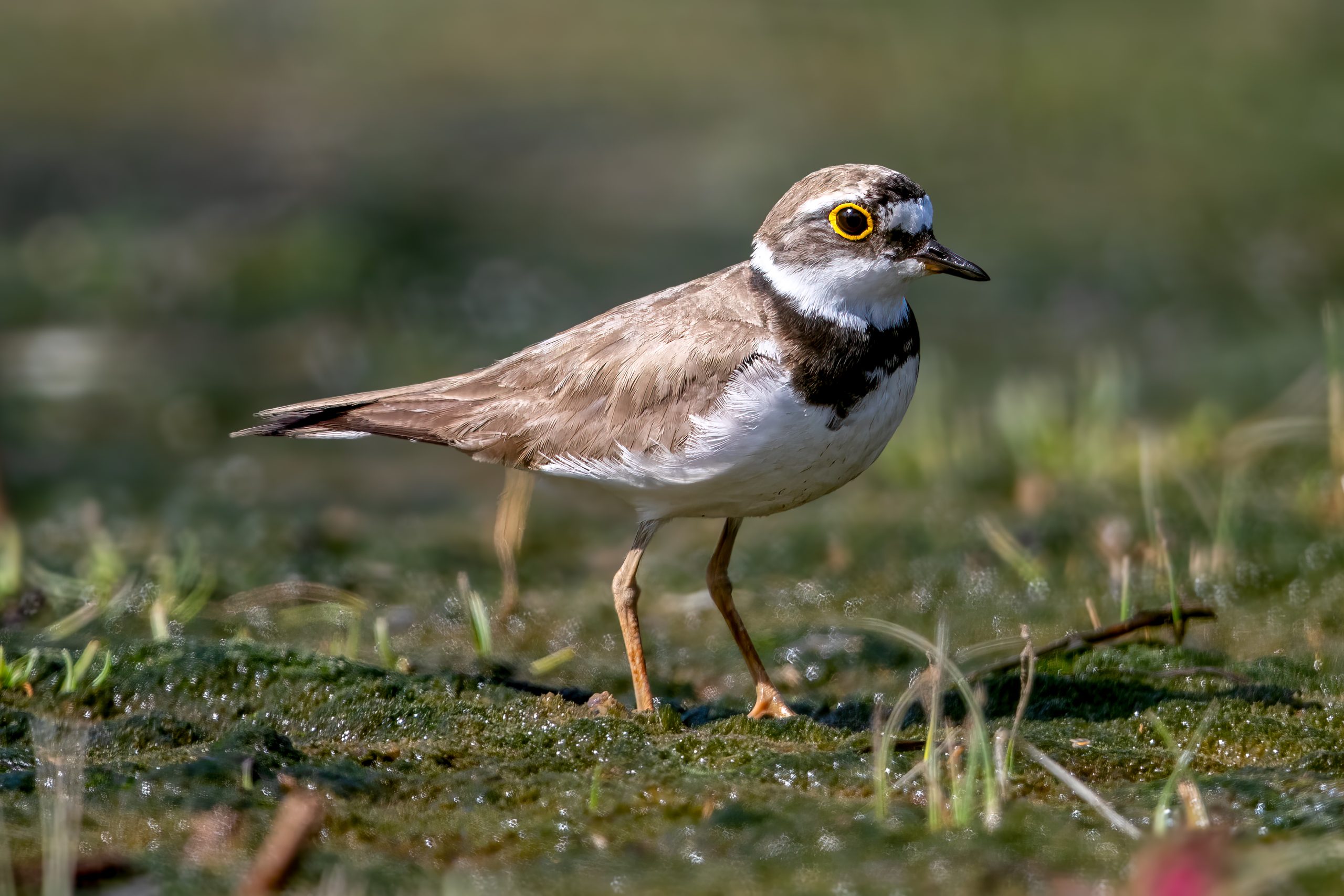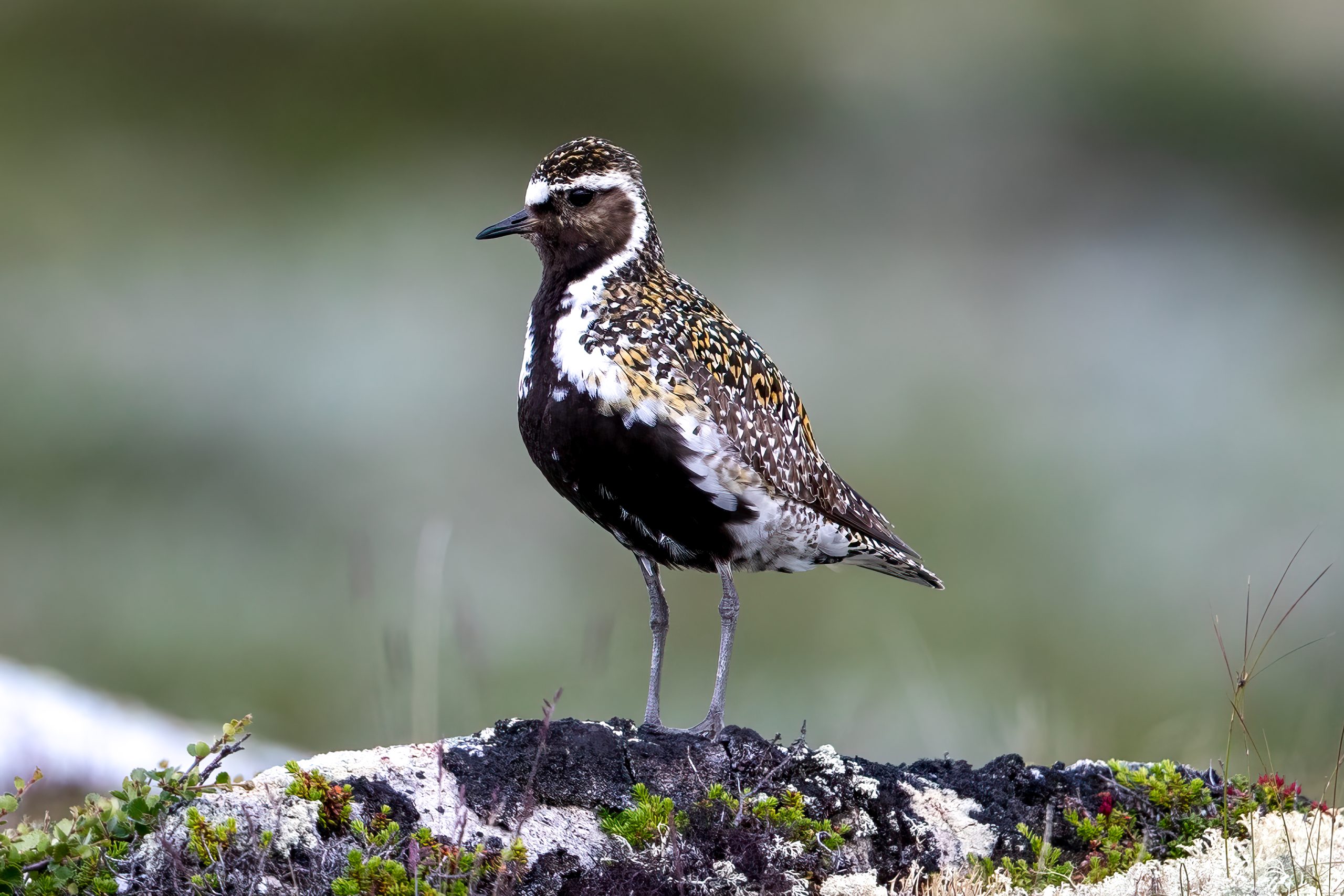Description
The three-banded plover (Charadrius tricollaris) is a small wading bird with an average length of 17-18 cm (6.5-7 in). It is found in east and southern Africa. It has its name from the indistinguishable two black bands on its chest separated by a third white band. It has a white ring on its head, starting at the base of the beak and progressing around the head above its eyes. The beak is red with a black tip, and it has a bright orange to red ring around the eyes. Back, wings, and top of the head is brown, face is grey, and underparts are white.
Diet & habitat
Three-banded plovers live near various water habitats such as rivers, lakes, marshes, estuaries, and wetlands. Although sometimes seen along the seashore it tends to stay away from the most saline water bodies. For nesting purposes, the bird needs firm sand, mud, or gravel shores. It is mainly insectivorous but will also eat small crustaceans, mollusks, and worms.
Social behavior & nesting
Three-banded plovers are found foraging alone, in pairs or in small flocks of 6-10 or up to 20 individuals. Larger foraging groups of up to 40 birds have been seen but are rare. They often roost in groups, and loose groups of more than one hundred individuals roosting together happens on occasion during winter. Breeding season varies within its geographical range, and the species can breed opportunistically throughout the year in favorable conditions. Nests are simple scrapes in sand, dry mud, or on top off rocks close to water.
Status
There are no immediate threats to the population of three-banded plover, and it is widespread and common within its range. There are two subspecies, one on mainland Africa and one on Madagascar, but some consider the Madagascar three-banded plover (Charadrius tricollaris bifrontatus) a separate species. IUCN considers them separate and has listed the African three-banded plover as least concern.







